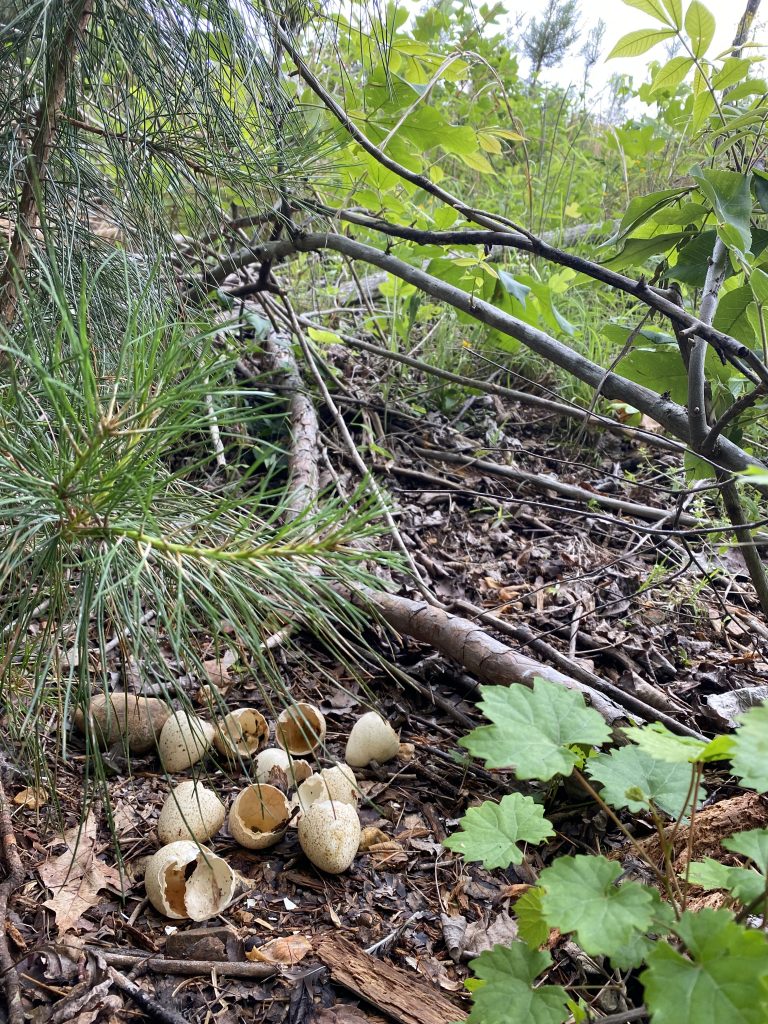NWTF Tennessee Helps Add New Dimension to Wild Turkey Research
When we think of the NWTF and Tennessee, we can’t help but think about our 50th anniversary celebration in Nashville just on the horizon, but that’s not the only thing to celebrate in the Volunteer State — the Tennessee NWTF State Chapter recently helped expand research efforts that will ultimately benefit turkeys and turkey hunters.
The new research extends the work of an active six-year research project led by the Tennessee Wildlife Resources Agency and the University of Tennessee.
Over the project’s six years, it has helped the TWRA manage wild turkeys with the best available science and has helped garner essential information for wild turkey management, including population vital rates (such as estimates of reproductive success and survival), habitat use, hunter attitudes and effort, disease ecology and the effects of habitat management.
“We are excited to continue this research partnership with Tennessee Wildlife Resources Agency and the National Wild Turkey Federation to address several important questions that have arisen during the past few years," said David Buehler, Ph.D., UT professor of wildlife science. "Because of the intensive monitoring we have conducted over the past six years of over 700 radio-tagged hens and gobblers and over 225 poults, we are uniquely positioned to address contemporary questions such as the effect of the two-week season delay on turkey productivity and populations. Tennessee’s science-based approach to turkey management should serve as a model for others to follow.“

“This project has provided our agency important information,” said Roger Shields, TWRA wild turkey program coordinator and NWTF Technical Committee representative. “Foremost is an understanding that the observed decline in the turkey population here is not due to poor survival of adults, it’s being driven by low productivity. Almost across the board, we’re seeing reproductive rates are lower than we’d expect for a stable turkey population.”
While the Tennessee NWTF State Chapter was involved with the Tennessee project at its beginning, the state chapter is providing additional funding to augment the project and extend the data gathering period.
“Because of our research success to date, we have an outstanding opportunity to continue this research to consider further the impact of timing of hunting seasons on productivity and to address several other important management-related questions,” Shields said.
These additional questions the project intends to answer in 2023 are:
1) Does the two-week season-opening delay influence basic reproductive parameters, based on data from the past six years plus 2023?
2) What is the effect of mammalian predator abundance on turkey survival and reproduction across the 10 sites TWRA and UT has monitored for the past six years plus 2023?
3) What are the effects of tailored, site-specific field and forest management actions on vegetation structure and composition used for brooding habitat?
With about 70 hens still radio-tagged from last year and with six years of previous data, TWRA and UT are well-positioned to tackle this new aspect of the research.

“We have collected data, yet to be fully analyzed, in 2021 and 2022,” Shields said. “This data, plus what we gather this year, will provide us a broader range in evaluating the effects of the turkey season opening date on basic turkey reproductive parameters, including nesting rate, nest initiation dates, clutch size, hatching rate and nest success.”
The project will also seek to understand the effects of mammalian predators on wild turkeys by analyzing pictures of predators taken by trail cameras at 10 different study sites. This information will help illustrate how predator abundance changes from winter to the breeding season. The research will then relate predator abundance to turkey reproduction and survival to determine if there are any correlations.


“When this project was started six years ago, it was likely the most comprehensive single study ever conducted on this important gamebird,” Shields said. “The complexity of questions being investigated to understand what is going on with these birds and their populations requires this extensive and intensive type of research that looks at all aspects of the bird’s ecology and behavior. The wealth of information we’re gaining is, and will continue to be, incredibly valuable to TWRA as we consider turkey management recommendations in the coming years.”
The Tennessee NWTF State Chapter helped fund the project since its early phases and is enthusiastic to support a new dimension of understanding.
“We are proud to commit $15,000 toward this project out of the NWTF Super Fund account,” said Mark Darnell, Tennessee NWTF State Chapter president. “The research will continue to add to our understanding of how season timing affects reproductive parameters such as nest initiation, clutch size and hatchability. In addition, investigating the effect of mammalian predator abundance on wild turkey survival and reproduction will help us garner a better grasp on predator/prey relationships.”
The Tennessee State Chapter also recently collaborated with the Indiana State Chapter on another University of Tennessee research project that is investigating egg fertilization and evidence of early embryo mortality in wild turkey eggs collected from various locations in the East. You can learn more about that project here.
CONNECT WITH US
National Wild Turkey Federation
770 Augusta Road, Edgefield, SC 29824
(800) 843-6983
National Wild Turkey Federation. All rights reserved.
